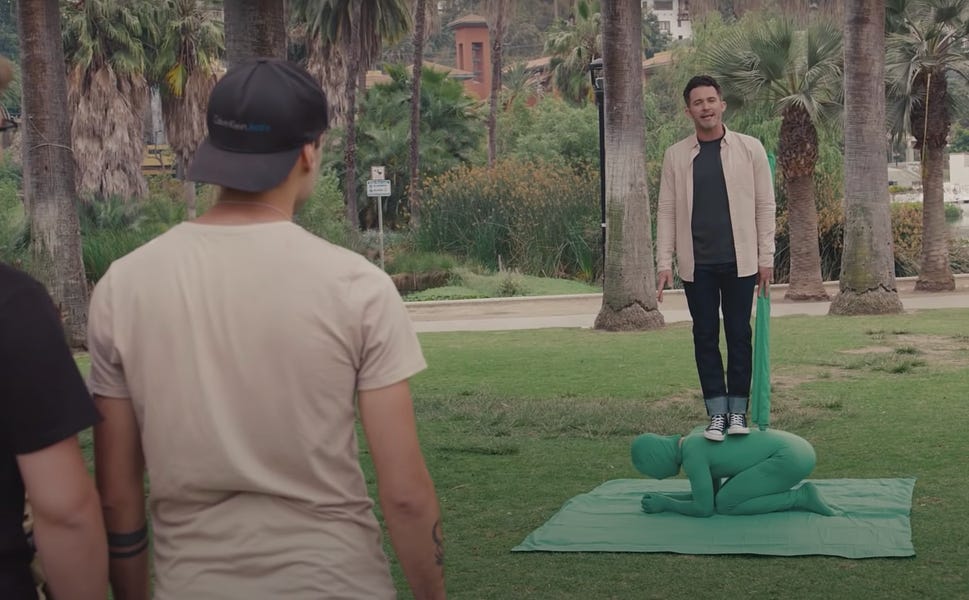A couple of weeks ago, a friend shared an incredible Instagram video of a successful magician making a Rubik’s cube appear from an iPad screen.
The Rubiks cube trick was a camera trick; you could see the classic telltale signs of rotoscoping. I told this to my friend, and I think he felt let down.
“Magic is the only honest profession. A magician promises to deceive you and he does.”
- Karl Germain
But camera tricks aren’t allowed; that’s cheating? That’s why we feel let down when magicians use camera tricks? Right?
Magicians promise to deceive you, but they also promise never to use camera tricks. And that’s a problem.
Magicians spent decades reassuring the audience that they never ever ever use camera tricks. This is odd because magicians are so happy to tell everyone they’re using every other method under the sun. Think back to Derren telling the world he used a mixture of magic, hypnosis, suggestion, sleight of hand and definitely no camera tricks ever.
There’s less chance of you hearing a magician be honest about the number of camera tricks they’ve used than winning the lottery.
When a magician uses a camera trick, it feels dishonest, and magicians are to blame.
It doesn’t need to be that way.
The lines between camera tricks and magic tricks are being blurred to the point where it’s almost too late for us to be having this debate.
I realised over the weekend that a popular series “VFX artists react to Bad and Good CGI” has so many similarities to Fool Us… but also it feels just like a bunch of magic friends watching magic videos together. Trying to figure out how it’s done and cheering at brilliant uses of popular techniques.
What Even Is a Camera Trick?
Look, let’s break this down. I’m going to list many tools editor can use, and you can decide which ones are fair game for magicians. I’m also going to bare all and be honest when I’ve come across or used one of these on a television show.


